 If you or someone you know is living with Parkinson’s Disease (PD), incorporating regular physical activity into daily life is one of the best ways to manage symptoms and support overall health. Exercise doesn't always mean traditional gym workouts — movement of any kind that supports balance, agility, aerobic capacity, and muscular strength can make a big difference.
If you or someone you know is living with Parkinson’s Disease (PD), incorporating regular physical activity into daily life is one of the best ways to manage symptoms and support overall health. Exercise doesn't always mean traditional gym workouts — movement of any kind that supports balance, agility, aerobic capacity, and muscular strength can make a big difference.
Below are helpful tips and ideas to help you get started or build on your current routine.
Build a Routine That Works for You
Having a routine creates consistency, which is key for long-term success. Physical activity doesn’t have to happen all at once or even in a gym. Movement can be broken up throughout the day and done at home, outside, or wherever feels comfortable and safe.
Simple activities like walking, gardening, stretching, or playing games with loved ones all count. The most important thing is that you enjoy what you’re doing and can stick with it over time.
Start Small and Stay Consistent
Start with what feels doable and build from there. If you’re new to exercise, try increasing how many days a week you’re active or gradually extending how long you move each day.
Progress takes time, but consistency pays off. Show up for yourself, and celebrate each step forward.
Make Home Your Workout Space
You don’t need fancy equipment or a gym to move your body. Walking around the house, stretching in the living room, or using resistance bands can be just as effective.
A safe, clutter-free space and some comfortable clothes are all you need to get started. An empty corner or sturdy chair can double as great tools for balance and support.
Move With a Buddy or Join a Group
Exercising with others can make it more fun and motivating. Whether it’s a walking partner, a family member, or a community fitness class tailored to individuals with PD, having that social connection makes a big difference.
Look for local programs or PD-specific classes that focus on balance, strength, and coordination.
Focus on Agility, Flexibility, and Balance
Incorporating these elements into your routine helps strengthen your neuromuscular system and improves your ability to move confidently and safely. Aim to include flexibility and balance work a few times each week.
Some great exercises to try include:
-
Walking backward or sideways
-
Turning in place
-
Sit-to-stand movements
-
Stepping over low objects
Stretching after a warm-up or at the end of your session can also help improve mobility and reduce stiffness.
Get Your Heart Pumping with Aerobic Activity
Aerobic exercise supports cardiovascular health, boosts endurance, and improves your overall energy. Try to incorporate moderate-intensity cardio (like brisk walking or cycling) into your week.
Even if you can’t manage 30 minutes at once, short 10–15 minute sessions add up. The ultimate goal is to reach at least 150 minutes of aerobic activity per week, in whatever combination works for you.
Build Strength Through Resistance Training
Strength training helps with posture, independence, and day-to-day movements. Try to include resistance exercises two or three times a week, allowing for rest between sessions.
Focus on strengthening key muscle groups like your back, shoulders, glutes, and hips — all of which play a major role in balance and posture.
Try exercises like:
-
Hip bridges
-
Sit-to-stands
-
Wall or modified pushups
-
Bird dogs
-
High knee marches with overhead reach
-
Clamshells
-
Heel lifts
Use a sturdy surface for support if needed, especially for balance.
Anticipate Barriers and Plan Ahead
Life gets busy, and motivation can fluctuate. Planning ahead can help you stay on track. If time is a challenge, try shorter sessions. If balance is a concern, modify the exercises to suit your needs.
Lean on your support system. Ask a friend to join you, or set reminders to keep yourself accountable. Flexibility and creative thinking go a long way.
Be Patient with Yourself and Practice Gratitude
Some days will be harder than others, and that’s okay. What matters is that you’re making an effort to care for your body and mind.
Take a few minutes each day to reflect and celebrate your progress — no matter how small. Writing down one or two things you’re grateful for can shift your mindset and boost motivation.
Managing Parkinson’s through movement is one of the most empowering choices you can make. Whether you’re just getting started or have been active for years, every bit of effort counts. Build your routine around what feels right for you and focus on progress, not perfection.
You’ve got this — and you don’t have to do it alone.


 As the Super Bowl approaches, it’s time to gear up for one of the most exciting nights of the year.
As the Super Bowl approaches, it’s time to gear up for one of the most exciting nights of the year.  Starting school can be exciting and overwhelming. Whether it is meeting new people, trying to manage a demanding class schedule, handling new responsibilities, or facing academic pressure, balancing everything can seem challenging. Many students also want to focus on their personal fitness goals but struggle to find time to manage with everything else going on. However, finding a balance between academics and health can be extremely beneficial for you, both physically and mentally. Here are some tips on how to manage both your academics and fitness goals.
Starting school can be exciting and overwhelming. Whether it is meeting new people, trying to manage a demanding class schedule, handling new responsibilities, or facing academic pressure, balancing everything can seem challenging. Many students also want to focus on their personal fitness goals but struggle to find time to manage with everything else going on. However, finding a balance between academics and health can be extremely beneficial for you, both physically and mentally. Here are some tips on how to manage both your academics and fitness goals. 
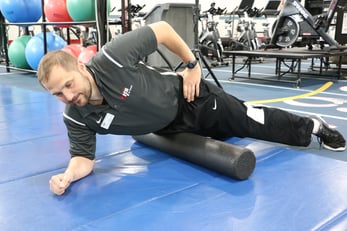 Most workout formulas include a warmup process. If hip mobility is a focus, your workout would benefit from a few additions to the routine. Foam rolling, which has been around for a while, is a great way to get blood circulating to the muscles and decrease soreness (if you worked them out prior). Spending a few minutes to roll out the trigger spots (areas of higher tenderness) will help you feel better, and you will be able to exercise on a more consistent basis.
Most workout formulas include a warmup process. If hip mobility is a focus, your workout would benefit from a few additions to the routine. Foam rolling, which has been around for a while, is a great way to get blood circulating to the muscles and decrease soreness (if you worked them out prior). Spending a few minutes to roll out the trigger spots (areas of higher tenderness) will help you feel better, and you will be able to exercise on a more consistent basis.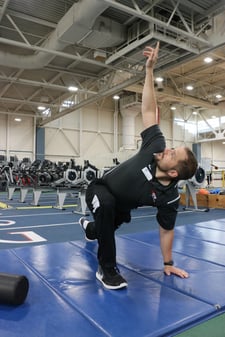 Second, I would suggest a dynamic movement stretch (rather than traditional static stretching) to help not only stretch the muscle, but also warm up the body for more movement. “The
Second, I would suggest a dynamic movement stretch (rather than traditional static stretching) to help not only stretch the muscle, but also warm up the body for more movement. “The 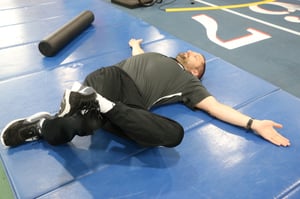 Finally, another great stretch to do is simply called a
Finally, another great stretch to do is simply called a 
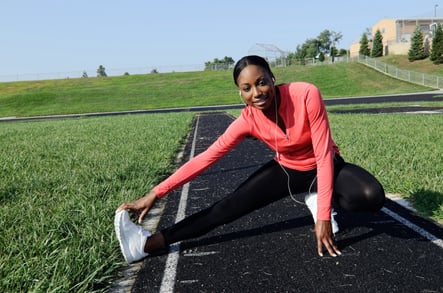 heard that exercise is good for health. The fitness industry has been growing significantly over the past decade. As of 2017, there were
heard that exercise is good for health. The fitness industry has been growing significantly over the past decade. As of 2017, there were ![GettyImages-627455550-[Converted]-new](https://www.nifs.org/hs-fs/hubfs/GettyImages-627455550-%5BConverted%5D-new.jpg?width=402&name=GettyImages-627455550-%5BConverted%5D-new.jpg)
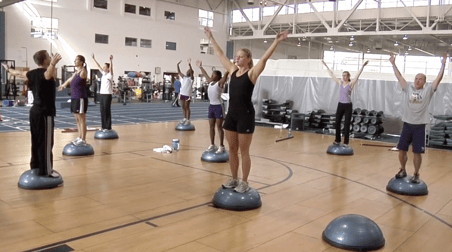 Imagine a tightrope walker, gracefully walking their path across their suspended highwire. An incredible amount of balance is required, along with stability and strength, to ensure that the performer maintains their position on the rope. Now think about balance as it applies to you and your profession or daily life. You might not even think about it, but you use balance every day. Things that you take for granted, such as walking down stairs, putting on a pair of pants, and getting out of your car require some level of balance, or else we would most likely take a tumble. Thankfully, there are exercises and routines designed to improve and train balance that transfer nicely to daily life.
Imagine a tightrope walker, gracefully walking their path across their suspended highwire. An incredible amount of balance is required, along with stability and strength, to ensure that the performer maintains their position on the rope. Now think about balance as it applies to you and your profession or daily life. You might not even think about it, but you use balance every day. Things that you take for granted, such as walking down stairs, putting on a pair of pants, and getting out of your car require some level of balance, or else we would most likely take a tumble. Thankfully, there are exercises and routines designed to improve and train balance that transfer nicely to daily life.
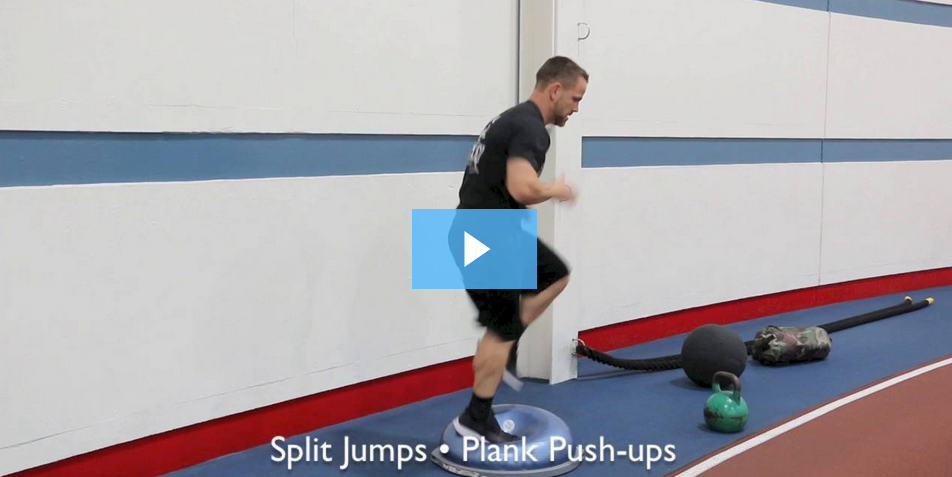
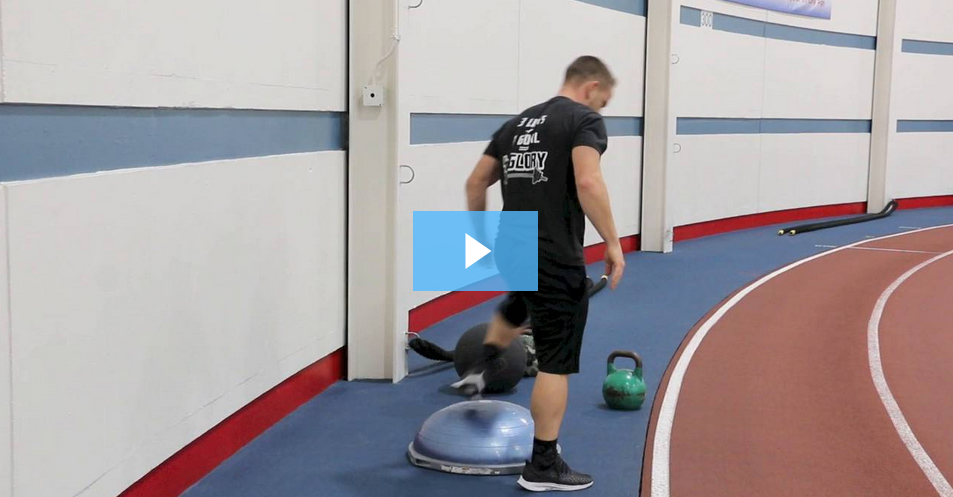
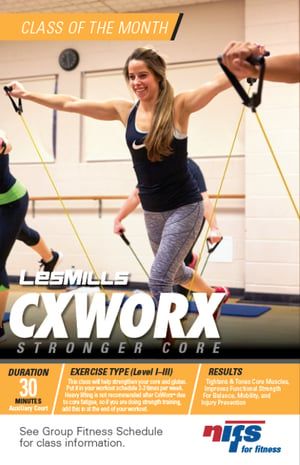 CXWORX
CXWORX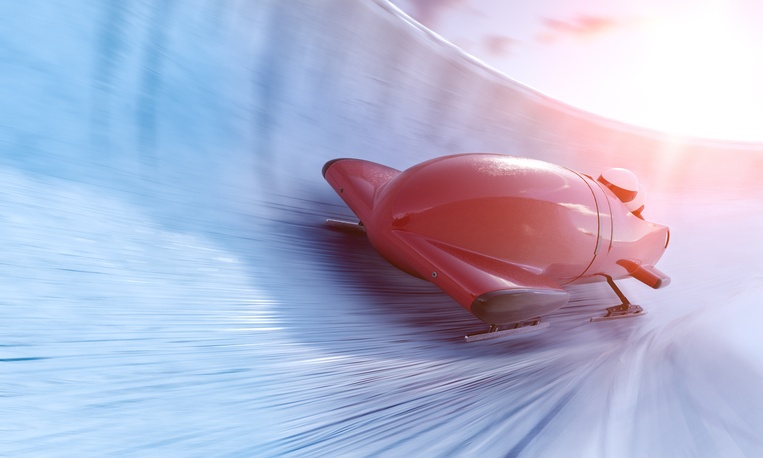 Every four years, the
Every four years, the  The concept of cross-country skiing for sport comes from areas in which getting around is easier and more common on skis than trudging through the snow. Out of necessity and the evolution of transportation, people in the Nordic region of Europe are now famously known for producing some of the highest VO2 Max numbers in the world. Your
The concept of cross-country skiing for sport comes from areas in which getting around is easier and more common on skis than trudging through the snow. Out of necessity and the evolution of transportation, people in the Nordic region of Europe are now famously known for producing some of the highest VO2 Max numbers in the world. Your 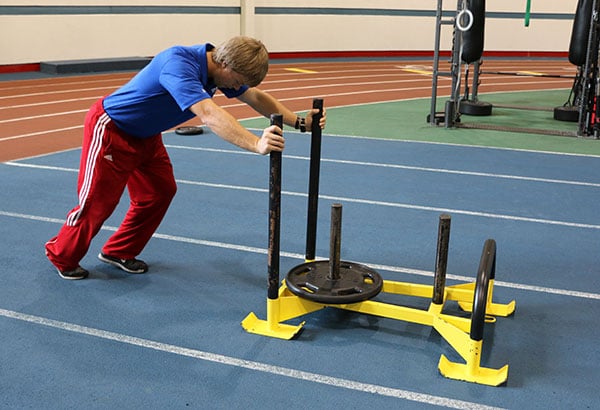 One of the most fascinating events at the winter Olympics is the bobsled. A team of individuals, working as one, propels a bobsled down a narrow, icy chute. To get the sled going, the team relies heavily on otherworldly leg strength. The rest of the event takes skill and some luck, as this is a race to the finish line. The winning team usually has a complete balance of strength, skill, balance, and weight.
One of the most fascinating events at the winter Olympics is the bobsled. A team of individuals, working as one, propels a bobsled down a narrow, icy chute. To get the sled going, the team relies heavily on otherworldly leg strength. The rest of the event takes skill and some luck, as this is a race to the finish line. The winning team usually has a complete balance of strength, skill, balance, and weight.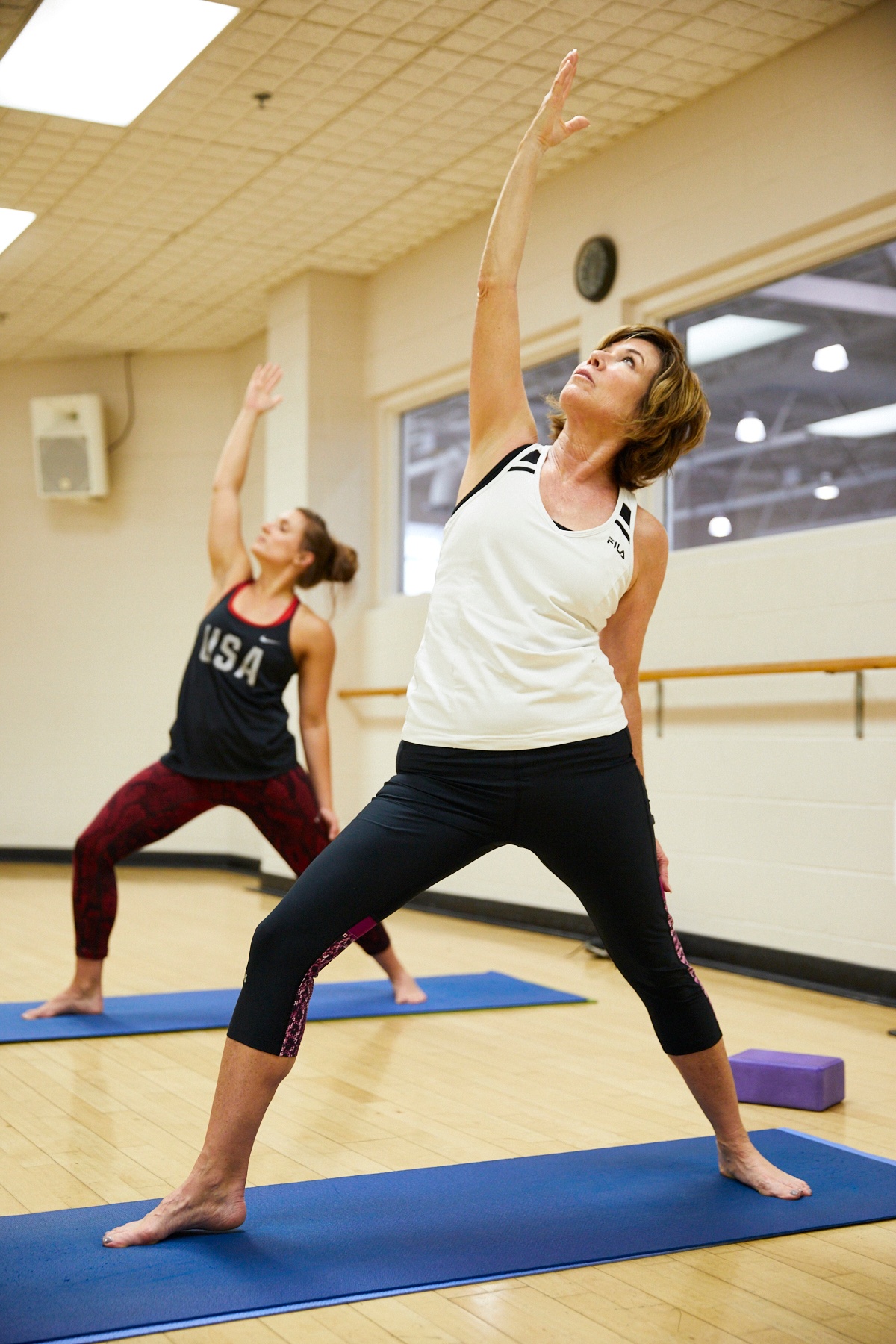
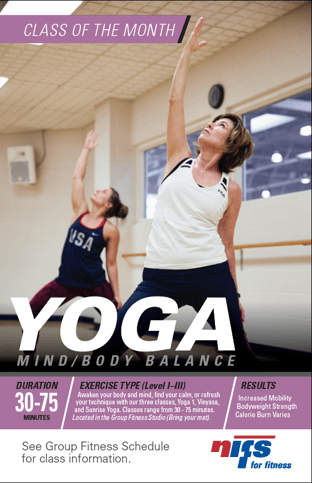 Powerlifters
Powerlifters